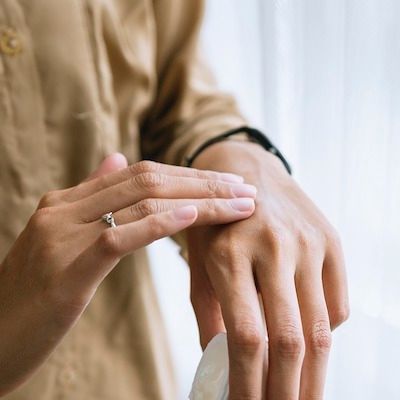News
Video
Veeral Sheth, MD: Assessing EYP-1901 Supplemental Injection Use in Wet AMD
Author(s):
Veeral Sheth, MD describes an assessment of the need for supplemental injection use after EYP-1901 for wet AMD.
EYP-1901 (Duravyu) exhibited non-inferiority to aflibercept with stable best-corrected visual acuity (BCVA), a favorable safety profile, and a reduction in treatment burden for eyes with neovascular (wet) age-related macular degeneration (nAMD), according to findings from the Phase 2 DAVIO 2 trial.
A new assessment of supplemental injection use presented at the American Society of Retina Specialists (ASRS) 42nd Annual Meeting revealed approximately two-thirds of eyes treated with EYP-1901 remained supplemental injection-free for up to 32 weeks.
An interview with Veeral Sheth, MD, director of clinical trials at University Retina and an HCPLive advisory board member, lent more insight into the reasons for supplemental injections, and the nearly identical change in visual acuity between EYP-1901 and aflibercept.
"We want to see patients that receive these treatments have a good, durable treatment effect, and it reduces the need for their treatments or reduces the burden, and that's what we saw in this group," Sheth told HCPLive.
EYP-1901 is a sustained-delivery therapy supplying the pan–vascular endothelial growth factor (VEGF) receptor inhibitor vorolanib in a bioerodible form of intravitreal (IVT) Durasert that consistently elutes drug for ~9 months
Prespecified criteria for supplemental injections in DAVIO 2 included a BCVA reduction of ≥5 letters from the best on-study and CST increase of ≥75 µm from the lowest on-study, BCVA reduction of ≥10 letters, CST increase of ≥100 µm, or vision-threatening hemorrhage.
Overall, two-thirds of eyes receiving EYP-1901 were supplemental injection-free up to Week 32. Notably, 6% of the aflibercept group required supplementation with aflibercept, indicating a high treatment burden.
Most patients requiring supplemental injections needed 1 injection, with some requiring ≥2 injections. Based on the prespecified criteria, 24% (n = 12 of 50) of the EYP-1901 2 mg group and 31% (n = 16 of 52) of the EYP-1901 3 mg received supplementation.
Most in the EYP-1901 2 mg group received supplementation due to the BCVA and CST criteria, while the 3 mg group was split between all 4 supplementation criteria. Moreover, 12% in the 2 mg group and 6% in the 3 mg group received supplementation but did not meet pre-specified criteria.
Based on the investigator’s discretion, the reasoning for supplementation included increases in subretinal fluid (SRF) presence and intraretinal fluid (IRF), as well as decreases in vision.
At Month 12 of DAVIO, first-time results demonstrated a nearly identical BCVA change with EYP-1901 and aflibercept, with further results planned for future medical congresses. The Phase 3 program for EYP-1901 is expected to commence in the second half of 2024.
For more insight into the analysis, watch the full interview with Sheth.
Disclosures: Relevant disclosures for Sheth include Apellis, Astellas, Eyepoint Pharmaceuticals, Iveric Bio, Regeneron, and others.
Reference
Sheth V. Assessing Supplemental Injection Use Across Groups in the Phase 2 DAVIO 2 Trial of EYP1901 vs Aflibercept in Wet Age-Related Macular Degeneration. Paper presented at the American Society of Retina Specialists (ASRS) 42nd Annual Meeting. Stockholm, Sweden. July 17-20, 2024.





